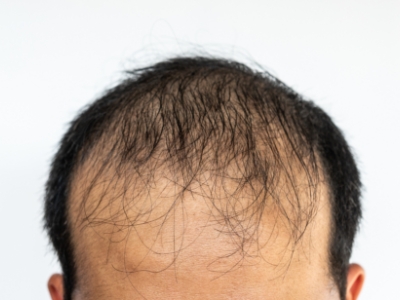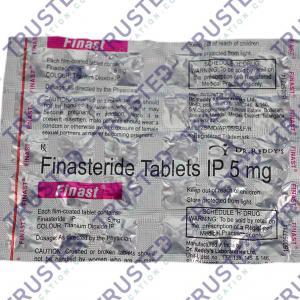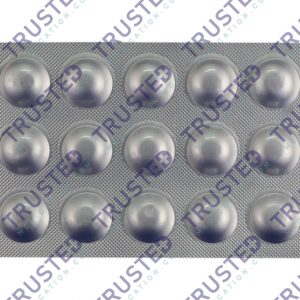
Male Pattern Baldness is known to be the most common type of hair loss in men. Its causes can be related to the genes and male sex hormones. The typical pattern of male baldness begins at the hairline. While you don’t need to treat this type of hair loss, treatment options exist. Treatment can lessen further hair loss and some men regrow a bit of their hair. The men who tend to see the best results start treatment soon after noticing hair loss.
Overview of Male Pattern Baldness

Male pattern baldness is also called androgenic alopecia. According to the U.S. National Library of Medicine (NLM), more than 50% of all men over the age of 50 will be affected by male pattern baldness to some extent.
Male pattern baldness tends to develop slowly. Beginning as a receding hairline or bald spot on the top of your head, this type of hair loss can cause thinning and hair loss for years.
Symptoms to look out for Male Pattern Baldness
The typical pattern of male baldness begins at the hairline. The hairline gradually moves backward and forms an “M” shape. A circular area on the back of the head often thins and expands in size over time. Eventually, the hair becomes finer, shorter, and thinner, and creates a U-shaped pattern of hair around the sides of the head and a bald area on the back of the head.
Male Pattern Baldness Causes
Men normally lose their hair when three main factors interact:
- Genetics
- Age
- Hormones
Men’s hormone levels change over time, causing male pattern baldness. Male-pattern baldness is also influenced by genetic factors. Small cavities beneath the scalp’s hairs, referred to as scalp hair follicles, gradually shrink as a result of these factors. Eventually, no new hairs grow as the hair gets shorter and finer.
According to their age and genetic makeup, most white men develop some degree of baldness. The prevalence of male pattern baldness increases from 50% in white men at age 50 to 80% in white men at age 70. The effects are less severe for other ethnic groups, such as Chinese and Japanese. Hair loss is more likely to occur in men with first- and second-degree relatives who have lost their hair.
Medication and Treatment
Male pattern baldness is usually diagnosed based on the appearance and pattern of hair loss. Hair loss may be because of other conditions. This may be true if hair loss occurs in patches, you shed a lot of hair, your hair breaks, or you have hair loss along with redness, scaling pus, or pain.
A skin biopsy, blood tests, or other procedures may be needed to diagnose other disorders that cause hair loss. Hair weaving, hairpieces, or a change of hairstyle may disguise hair loss. This is usually the least expensive and safest approach for male baldness.
Medications that are used to treat male pattern baldness may include:
- Finasteride is a pill that is the most recommended medication for Male Pattern Baldness. The drug interferes with the production of a highly active form of testosterone that is linked to baldness. It slows hair loss.
- Minoxidil is a solution that is applied directly to the scalp to stimulate the hair follicles. It slows hair loss for many men, and some men grow new hair. Hair loss returns when you stop using this medicine.
Other treatments that can be used may include:
- The use of laser or light caps or helmets to stimulate hair follicles.
- Platelet-Rich Plasma (PRP) is injected into the scalp to stimulate hair growth. This involves drawing your blood, collecting a portion that is rich in platelets, and injecting the areas of hair loss over a series of sessions.
- Hair transplants consist of removing tiny plugs of hair from areas where the hair is continuing to grow and placing them in balding areas. The procedure usually requires multiple sessions and may be expensive.







